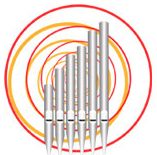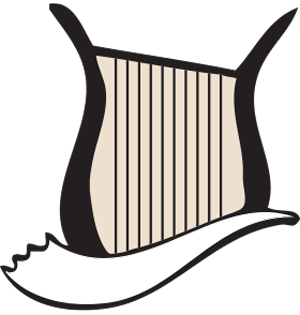Organ no. 41 | The concert organ at the Elma Arts Center in Zikhron Yaakov
Mrs Lily Elstein has taken the initiative to build in Zikhron Yaakov a large Arts Center compound with a luxurious hotel and a 400 seats Auditorium designed for Opera performances as well as concerts of Philharmonic orchestras. She intends to bring there great artists from all over the world. Mrs Elstein believes no concert hall is perfect without an organ, which will be used in Opera and symphonic orchestras, but also for organ recitals given by well-known organists. The German organ-builder Philip Klais, from Bonn, was selected.
Following the indications of the architect, Mr Klais succeeded in filling a rather small volume situated above the stage with 24 stops (1326 pipes). There was no need, and indeed no room, for a wooden chest enclosing the instrument. As a consequence, all 16′ and 8′ pipes are covered because the place was not high enough to contain open pipes. All the pipes of the “façade”(front) of the organ are cut at the same length. Some of these are real pipes, from the Subbass 16′ and the Principal 8′, each one using only a part of the height of the pipe, and the others are make-believe “chanoines”. The audience, sitting in the hall, cannot see the difference between them. The whole front looks like a large metallic curtain. The reason for this seems to be the need to use the pipes themselves as a separation between the hall and the organ, to prevent heat, humidity and dirt to get inside the organ. The console is just under the organ and facing it, so that only the back of the organist can be seen. The console itself is of the greatest simplicity: no cover to insure protection, no ornaments, no manual or feet commands except for a swell pedal and three sequences selecting pedals. The Auditorium has 400 seats. The acoustics in the hall suit much more Opera or Philharmonic orchestras music, and chamber music, than organ, but still the hall is not “dry”.

